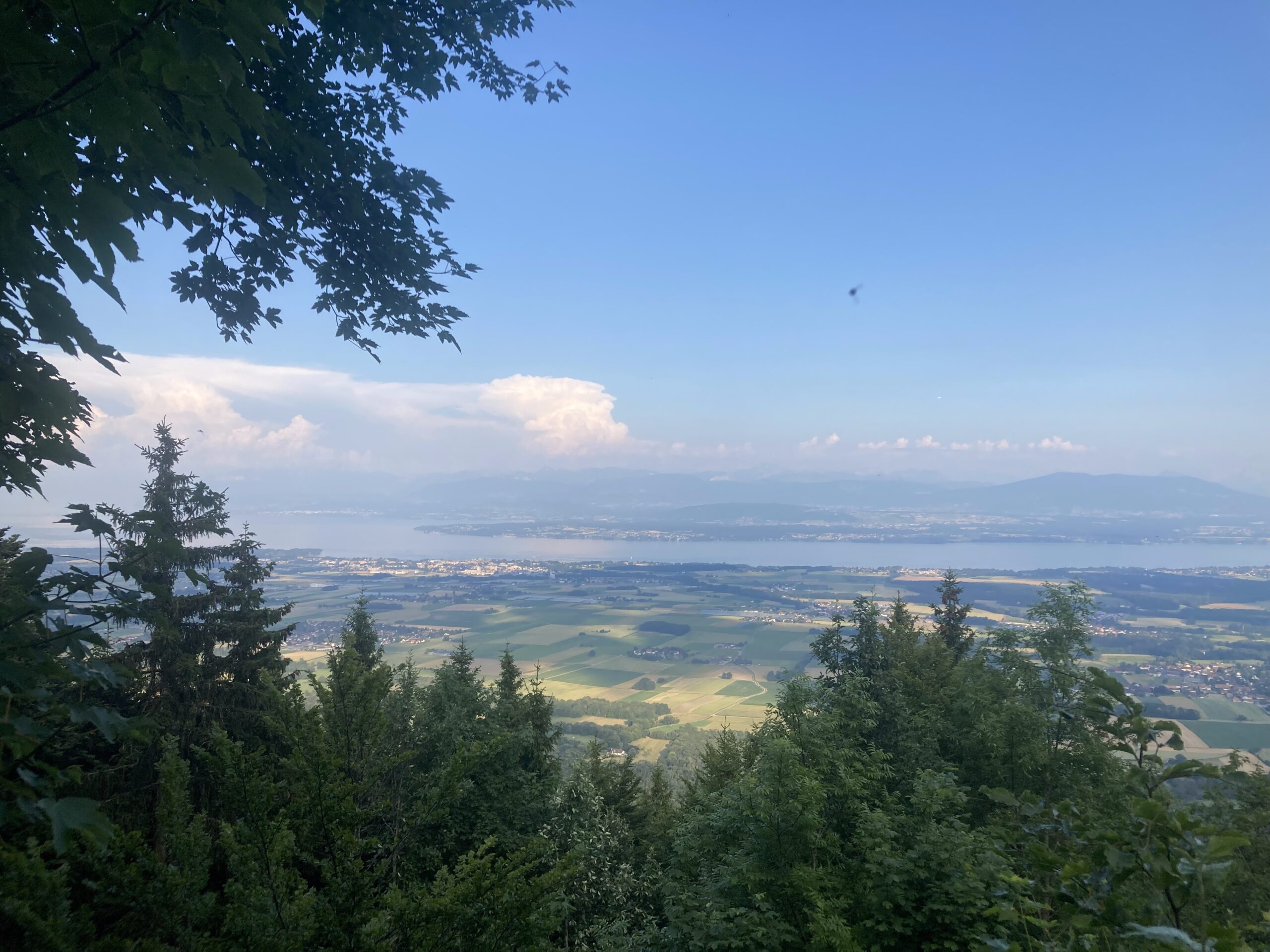Table of Contents
Yesterday I went with a morning ride with TDC, which felt relaxed, before going for a ride with LeCercle in the evening. This group has a high level with many of the cyclists riding thousands of kilometres per year.
Yesterday I wrote about how groups that are large enough can cater to fast, and slow people. LeCercle feels like a smaller group of highly engaged cyclists who ride regularly.
Until Genolier I was able to stay with the group comfortably. It’s when we hit the climbs that I lost a lot of time. I’m riding with a bike that is heavier, and I have a casesette that is more suited to London than mountains. Having said this, with other groups I climb faster than others so I am not using equipment as an excuse.
If you ride with people who ride regularly, then it makes sense that they are fast. I ride a steel 10 kg bike and many of them ride a 6-8kg carbon bike with aero wheels. They’re also younger. This helps but it’s the time that they spend on their bikes that makes a huge difference.
On one climb they were three minutes faster, and on the second they were six minutes faster. On downhill segments they were two minutes faster according to the flyby data.
The Role of Fatigue
Aside from a different in fitness, equipment and age another factor that you can’t see is fatigue. I was awake at 5am for a 06:30 bike ride with a group of people with a similar level to me. I was in the middle of the group, rather than the slowest.
With the morning ride I felt comfortable the entire time, which is why I seriously considered the evening ride. If there had been less climbing I would have coped more easily. I climbed around 300m in the morning, and 962m more in the evening.
Group Fitness
I have been on relaxed, or recovery rides where we were going at 30km/h on the flat because the group could go at that speed. I have been on a ride where we were at 40km/h on the flat after climbing up the Jura, heading to the next climb.
In my experience there is confirmation bias within cycling groups. If a group rides hard, and fast, it attracts people that ride hard and fast. Conversely a group that rides slow and steady will attract people that are slow and steady.
Yesterday I was the slowest, especially after two others gave up after the first climb. It’s easy, as the slowest to think “I should ride with an easier group” and many do.
That’s why a group with fast riders gets faster and less accessible.
When I listened to the conversation I got the impression that they want more riders, they want riders who are not as fast to join. They want the group to grow.
Drafting
Yesterday more than once one person frm LeCercle slowed down, and provided me with the experience of riding behind someone and drafting. I could keep up but I often had to slow down as we were riding fast on downhill segments. For safety reasons I didn’t hold the wheel too closely in bends.
It’s because of fatigue that I couldn’t keep up with the group. I am sure that if I skipped the morning ride next week, that I would keep up better with this group.
Endurance
In hiking and cycling you can go fast and hard, but eventually you learn that it is better to find a slower, sustainable pace. When you do you might be slower, but you don’t need to stop, and you can go for longer.
And Finally
Yesterday’s group ride was good, and for the first part, until the first climb I felt strong. On the downhills I was slow but I am not sure whether it is because of fatigue, or because of equipment. I suspect fatigue.
By the time I got back to the LeCercle bike shop my legs were tired. I had given everything I could yesterday. I like the image of being in “limp mode” on the way home. By this I mean that you have little power left.
When I ride with LeCercle again, on an upcoming Wednesday I will make sure that I am well rested.
Today I might ride with Group 3, on the TDC ride, to give myself time to recover, if there is a group 3.

Leave a Reply